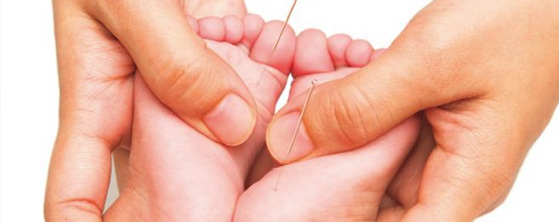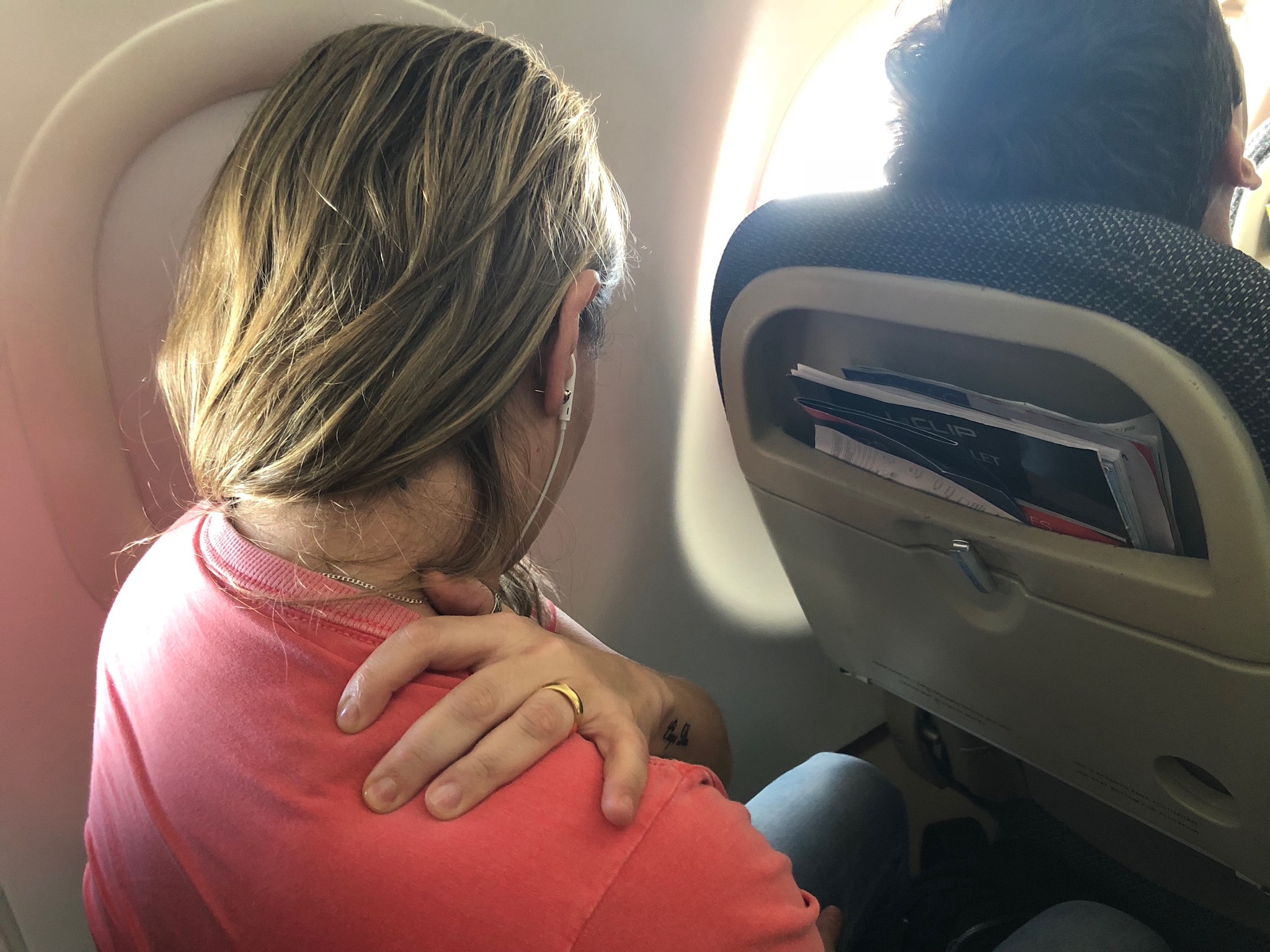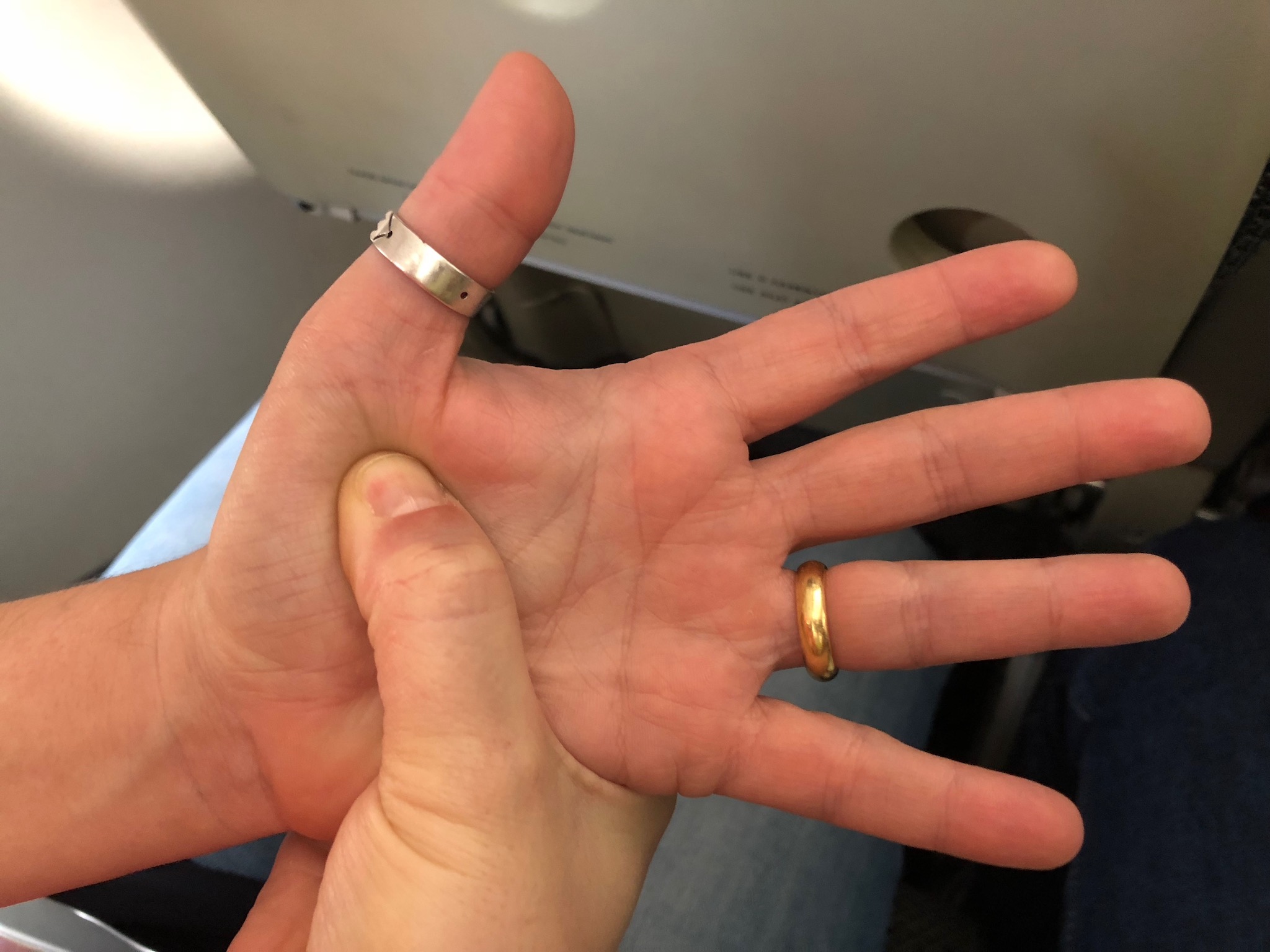 Readers!
Readers!
Today we are going to discuss a little bit about Pediatrics and Traditional Chinese Medicine.
I always receive many emails asking me if one point or the other can be used both in adults and children, if children can do acupuncture, if they have the same benefits, and this text is to clarify that YES, Chinese Medicine in general is extremely useful and beneficial for children of all ages.
What we need to consider are the different treatment modalities that are most appropriate for the child and also the difference in assessments.
Children have physiological differences in relation to adults, and therefore, when an acupuncturist starts the assessment on the child, he must be aware that these differences will be present in the assessment of the tongue and pulse (when the latter is possible).
Thus, it is common to observe physiological Liver ande Heart heat (bringing irritable, agitated and anxious behaviors, which are considered normal) and also a physiological Spleen and Lung Deficiency (leading the child to easily have digestion problems such as vomiting and diarrhea and respiratory problems). Based on these differences, the evaluator will be able to make a safer diagnosis and more effective treatment.
These differences can remain until the child’s 11 years, undergoing some changes until the age of 14 and after that age, they can already be assessed as an adult, as their physiology becomes the same.
Regarding the materials used, we can always use needles to treat a child. But it is important for the therapist to consider that children can develop severe psychological trauma, especially if they are under 7 years old, if they are forced to be treated with needles.
In addition, it is unlikely that a child will be able to remain calm long enough for the needles to take effect.
Therefore, it is important that when they are younger, children are asked whether or not they want to receive needle treatment. If the answer is negative, the therapist should choose less invasive techniques, such as the use of massage, stimulation of the points with laser, placement of Stiper or Magnets, cupping, among others.
Regarding the Magnets, it is important that the therapist judge the safety of the treatment. It is important to advise parents that children should not ingest Magnets. It can be dangerous to ingest magnets as they may cause the bowel loops to collapse, with the risk of interrupting the passage of feces.
Auriculotherapy is also an excellent resource for pediatric treatments and its effectiveness is the same with needles or seeds when it comes to children. In general, children usually like to pinch the points in their ears and the secret is that the therapist uses the treatment as something playful. Saying that by pressing the spheres the children will be “stronger”, or will be able to “get higher grades”.
In summary: knowing the physiological differences between children and adults, we can perform treatments with the same reasoning when choosing stitches for an ordinary patient. Choose the technique that the child is most interested in and the goal will surely be reached quickly and successfully 🙂
I hope it was helpful. And let’s take care of the little ones!
A big hug to everyone!
Profa. Fernanda Mara
 Readers!
Readers!

 to P10 que é um “regulador” de emoções. Equilibra a ansiedade, o medo, o estresse, assim, promovendo um relaxamento global da musculatura que fica tensa e mal nutrida quando estamos sob desequilíbrios emocionais. De 30 segundos à 1 minuto em cada mão já é o suficiente para notar as diferenças.
to P10 que é um “regulador” de emoções. Equilibra a ansiedade, o medo, o estresse, assim, promovendo um relaxamento global da musculatura que fica tensa e mal nutrida quando estamos sob desequilíbrios emocionais. De 30 segundos à 1 minuto em cada mão já é o suficiente para notar as diferenças.